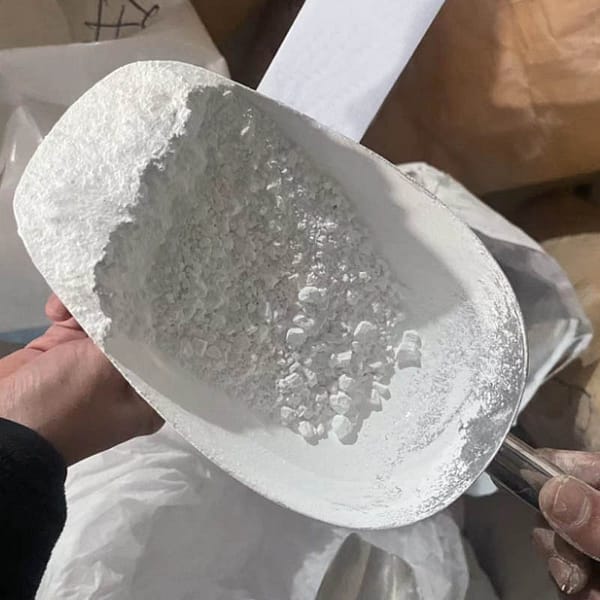Titanium dioxide (also called TiO2, white titanium or Pigment White 6 – PW6)) is a star in a variety of industries. It’s particularly popular in paints, rubber plastics and paper. The versatile chemical is famous for its stunning white color. It plays an important function in the transformation of raw substances into vibrant, finished products. We will explore the wonders and uses of titanium oxide, along with its manufacturing process to understand how it influences different industries.
The Canvas of Titanium Dioxide: A Palette of Possibilities
Titanium dioxide plays a vital part in the production of a variety of everyday items. It increases the efficiency and beauty of these products. Pigment White 6 is used to create paints. It gives a clear and opaque white that improves the visual appeal of industrial and artistic applications.

In the plastic sector, titanium dioxide gives not only color but also functions as a UV stabilizer providing protection from the damaging effects of ultraviolet radiation. This dual function makes it an important ingredient in a myriad of plastic products including packaging materials and sturdy outdoor products.
The Manufacturing Alchemy: Titanium Dioxide Production Processes
Two processes dominate the production of titanium oxide, namely the sulfuric acid method, and the chlorination-acid technique. Each method has its own applications and technicalities that add to the versatility that titanium dioxide can be utilized across different industries.
Sulfuric Acid Method. This involves the reaction of ore that has titanium with sulfuric acid, resulting in a titanium sulfate. The solution is then hydrolyzed to the hydrated titanium oxide. The result, after the calcination process, is fine white powder that is ready for incorporation into various applications, particularly in the paper and paint industries.
The Chlorination Technique The Chlorination Technique the use of chlorine gas this method works by combining titanium-bearing mineral to produce titanium tetrachloride. The titanium tetrachloride is subjected to a series of chemical changes to create pure titanium dioxide. This method is prominent in the production of titanium dioxide for the plastics and rubber industries.
Titanium Dioxide Applications: Art and Science
Painting Brilliance Across Industries: Titanium dioxide’s popularity in the field of paint is unrivaled. Titanium dioxide is a popular choice for artists, homeowners and industrial customers alike because of its ability to produce brilliant white colors. The sparkle it imparts to the canvas is not just visually appealing, but also practical, increasing the lifespan of painted surfaces.
Titanium dioxide is a component of plastics to give a sparkling finish. It is not only a pigment but also a UV stabilizer, which protects you from the harmful impacts of sunlight. It is often used in outdoor plastics to ensure their durability and appearance.
Titan dioxide is utilized in the paper business to improve the whiteness of the paper and its opacity. The addition of titanium dioxide increases the brightness of paper, making the printed images more vivid and more readable. The role of titanium dioxide in the paper-making process goes beyond aesthetics. It’s essential in increasing the quality of printed material.
The rubber’s resilience, as well as UV resistance The rubber industry is able to benefit from the UV-resistant properties of titanium dioxide. Titanium dioxide helps protect rubber-based products from harmful ultraviolet radiation.
Beyond Pigment The Invisible Impact of Titanium Dioxide
Although the influence of titanium dioxide is visible as a colorant, it is much more than that. Its ability to improve the durability, resilience and life span of various substances in different industries make the substance an invisble but vital element in the functionality and quality of final products.
The result is that titanium dioxide becomes a substance with a profound meaning that seamlessly blends into a variety of industries. Pigment White 6 is a pigment that adds brilliance to all types of canvases, whether artistic or industrial. The two processes of sulfuric acid and chlorination unveil the alchemy behind the process, providing a versatile range of applications. The possibilities include enhancing the visual appeal of paints or coatings, protecting plastics against UV rays, making paper more bright, or protecting rubber, titanium dioxide stands as a testimony to the harmony of science and art in the world of manufacturing. The brightness of titanium dioxide illuminates the world around us, transforming various products into products that are strong and bright.